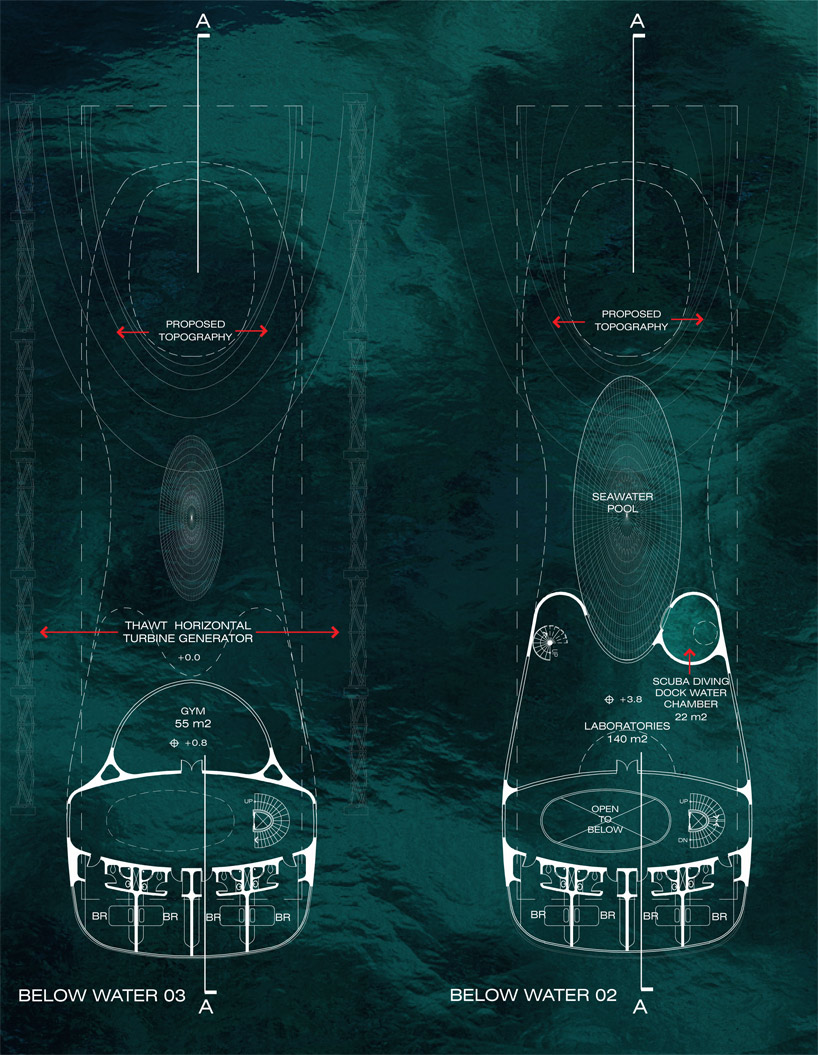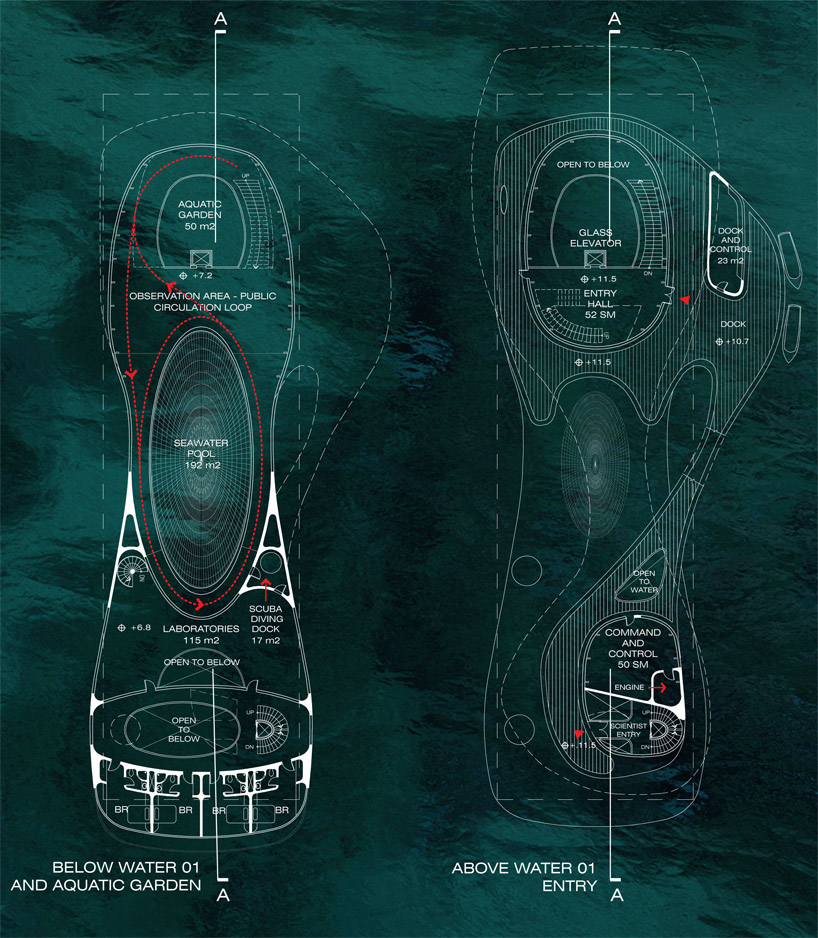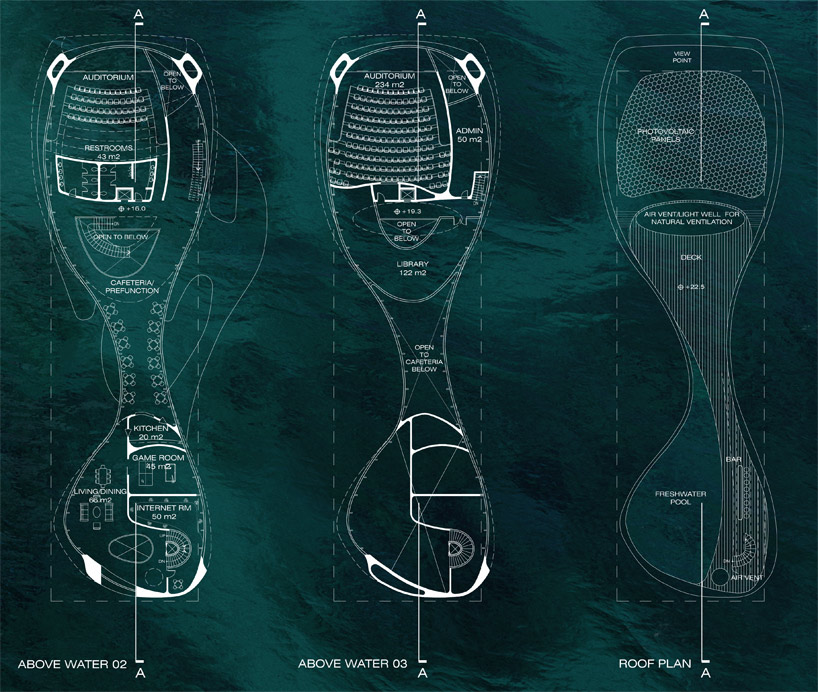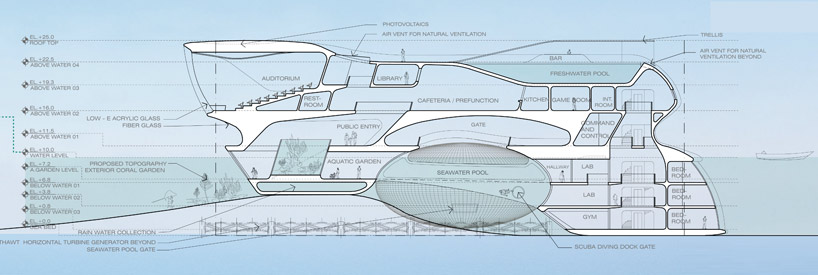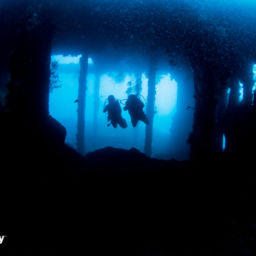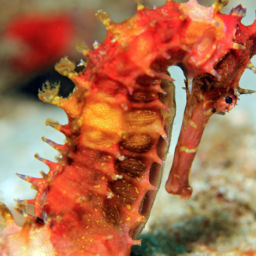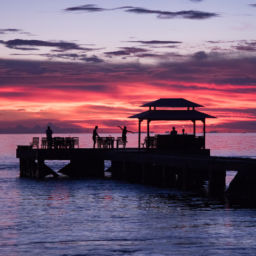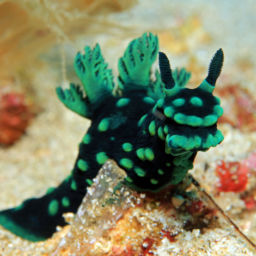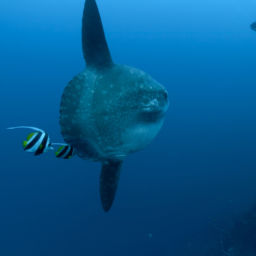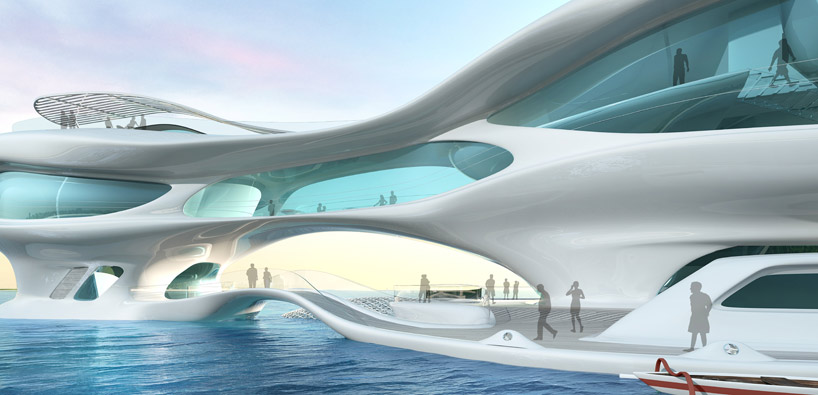
The firm Solus 4 had some very creative concepts and had the opportunity to study and architecturally interpret the structure of tsunami
waves. The purpose of this institute is to have a better research and understanding to have better preparation for such natural occurrences. The goal is to be better prepared so that the mass loss from the earthquake and tsunami that happened in 2004 will never occur again.

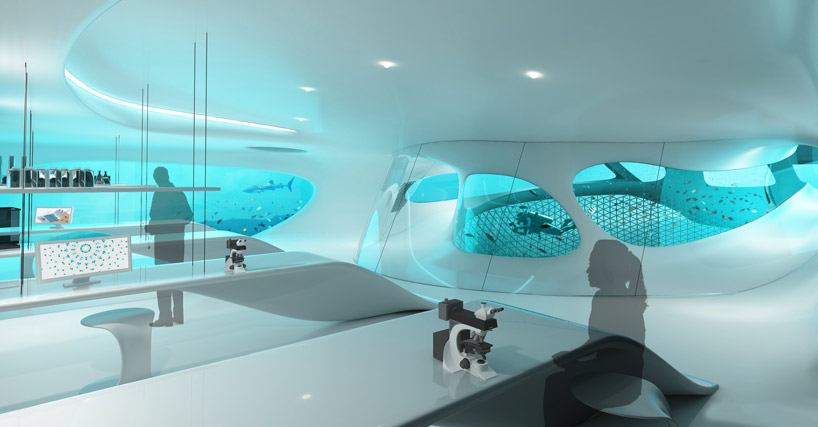
The solus4 design team sought to understand the wave dynamics and the resulting wave force patterns that are generated as tsunami waves are created and radiate out froman epicenter. The wave forces, when translated to linear patterns, inform the shapes that are integrated into the building form and resulting patterns that seem to be born of the sea. Building forms are then used to respond to the programmatic requirements of the facility for both on-board scientists.
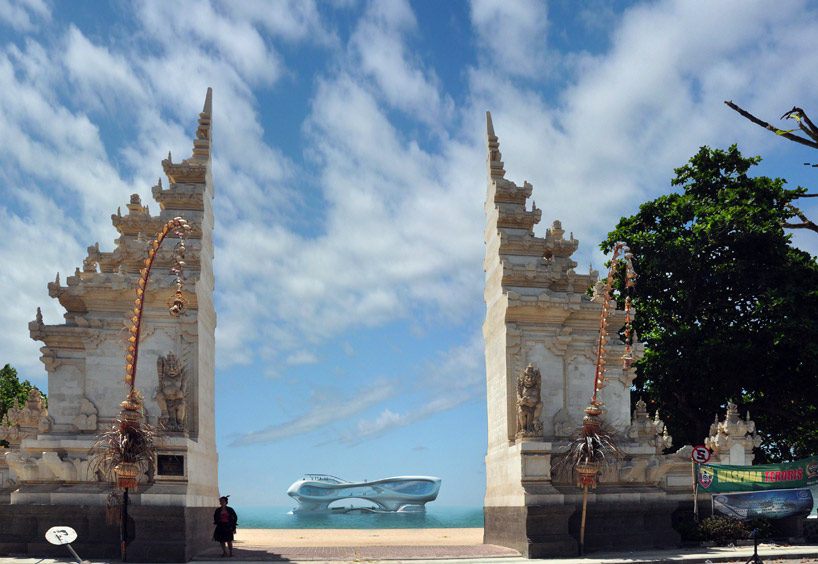
A 2,500 SM Marine Research Center Located 100 meters away, parallel to the shore of Kuta Beach, Bali, Indonesia. The program is composed of three main components: public, semipublic and private. The spaces vary from underwater labs, scientist bedrooms and aquatic garden to sea water pool, swimming pool terrace, bar and an auditorium. The spaces are located above and under water and allow the visitors and scientist to take full advantage of the amazing landscape that surrounds the project.
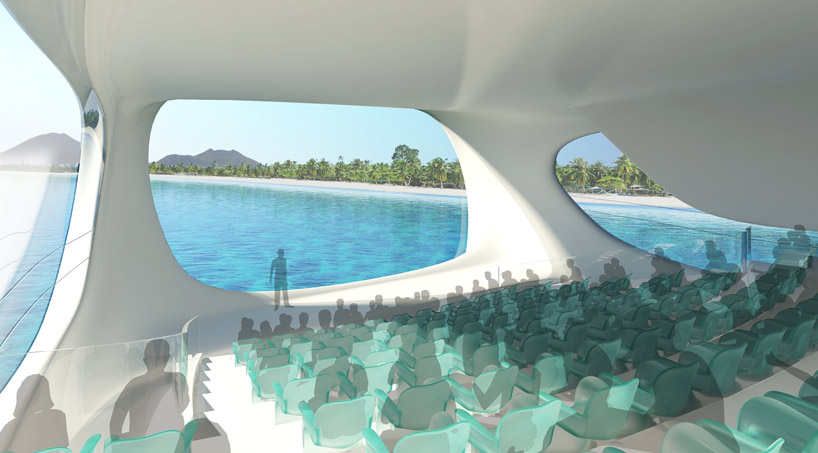
This project represents a new typology for stationary in-water based projects reached by boat, which in the past have been mostly relegated as merely work, non-destination platforms which do not take into account the design possibilities that the in-water sites present.
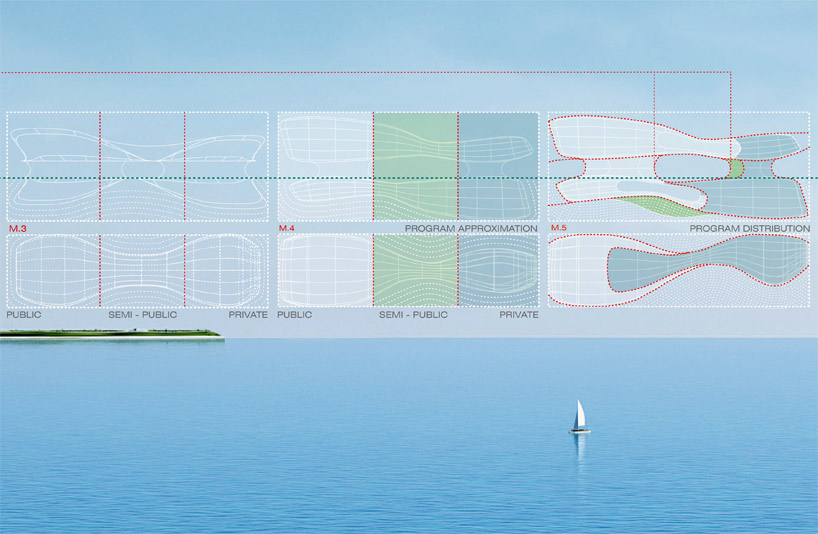
CONCEPT:
Three major events generate tsunamis; meteors, landslides, and large earthquakes. Underwater earthquakes, the most common type in Indonesia, with epicenters close to coast lines, form the conceptual basis of the architectural proposal. It uses the initial elliptical pattern and cross section diagram of the tsunami wave, one of the main focuses of the center’s research and prevention efforts, as the morphology generators and guides of programmatic organization. The design is both aesthetically imposing and seamlessly integrated into its aquatic natural environment. The result is a very fluid structure with an immediate and direct visual connection to the exterior. The center will serve not only as an architectural icon for Bali but also as an international model for modern sustainable design with its use of on-site renewable energy resources through its integration of such technologies as tidal wave energy generation, natural ventilation, rain water collection, passive solar energy, low E glass, and high reflectance fiber glass materials.
Keeping with the nature of the universal ocean, the project is intended to be wholly energy efficient with large glass-based panels form the skin – both transparent and opaque as well as embedded PV cells.
The close placement to shore location allows for tidal/current generators to serve the power requirements. Rainwater collection and seawater conversion systems take care of the domestic water requirements. Deeper source seawater is circulated through the skin for radiant cooling and temperature control of the overall anthropomorphic shape.


